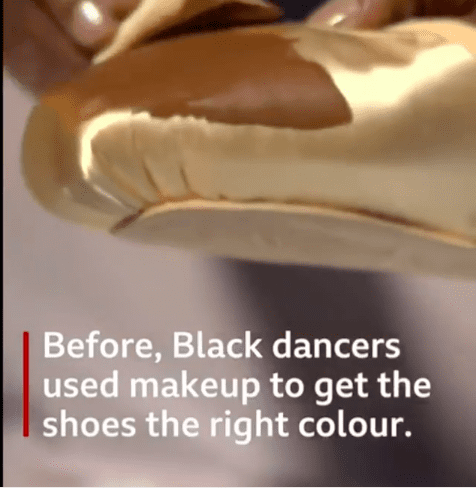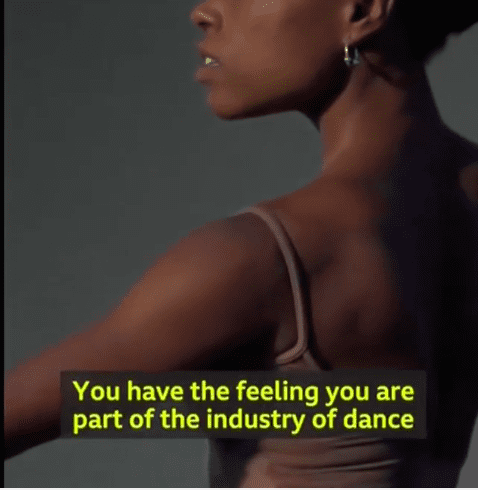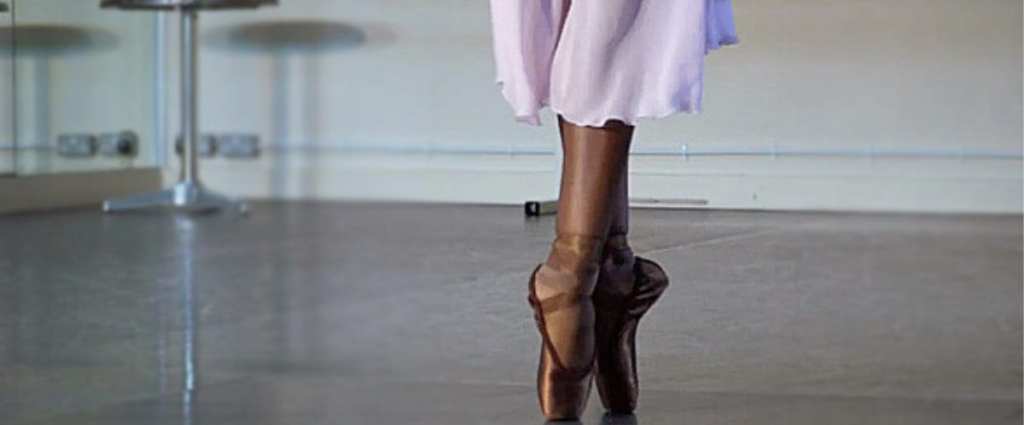For literally centuries, ballet shoes have been made in shades that complement the skin colors of white dancers only, and even though that’s mostly because the majority of dancers have historically been white, it’s now long past time that other shades were offered.

Photo Credit: Instagram
African American dancer Cira Robinson recently told the New York Times that she’s had a long-standing ritual of staining her ballet shoes with spray paint so they would match her skin. “‘I’d go to the cheapest stores and get foundation,’ she said, the kind ‘you’d never put on your face as it’d break you out. Like, $2.95 cheap.'”
That’s because it took five tubes per week to cover every wrinkle and ribbon on the 12 to 15 pairs of shoes she’d go through as a professional dancer.
The practice, known as pancaking, could finally become a thing of the past now that shades of pointe shoes other than pink and beige are finally becoming available.
The change is important because ballet clothes are supposed to blend in with the skin of the dancer in order to provide a clean, uninterrupted line as they dance – and for dancers of color, not being able to find clothing that does that for them has always been a subtle reminder that they don’t belong.
“This isn’t about shoes,” says Virginia Johnson, the artistic director of the Dance Theater of Harlem, told The New York Times.
“This is about who belongs in ballet and who doesn’t. It’s a signal that the world is open to you. It was quite wonderful to be onstage and just to be myself, 100 percent the color I was. One line, one shape, a color that has integrity.”

Photo Credit: Instagram
Only a handful of companies are currently offering the wider range of colors, so while this is a start, here’s hoping that more women of color dancing will bring more suppliers into the fold.
It’s a brand new day in ballet, and that’s a great thing for the dancers of all colors who are passionate about the art form – and for all of us who enjoy watching it.






